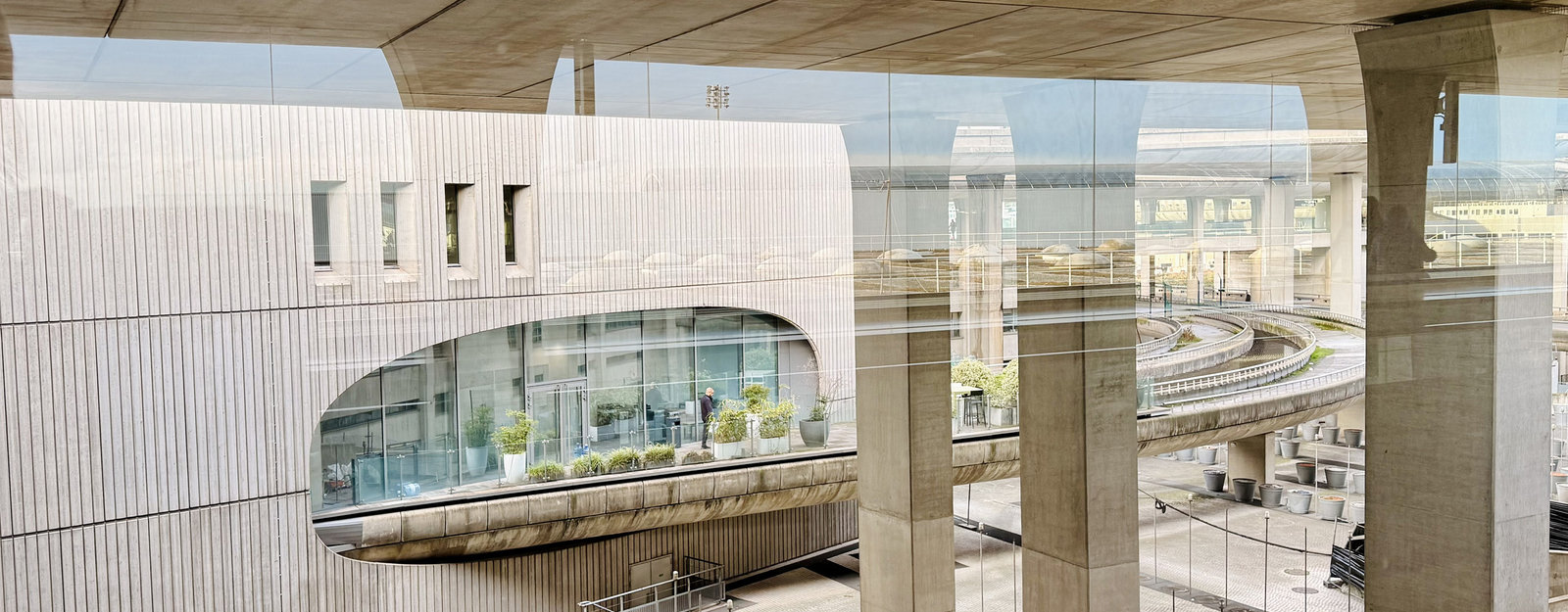Like colours, neurodivergence and political ideology, being a dickhead operates on a spectrum. From narcissistic middle managers, to people that use leafblowers, to parents that habitually scream at their kids, to pompous prats that unquestioningly lie about a genocide while posing as pure arbiters of reason, honesty, truth and intellectual rigour. This is Dave’s Theorem of Degrees of Dickhead, and I am presently seeking a book publisher.
Wherever a dickhead exists on this spectrum, accountability, when called out, when owned by a wiser intellect or sturdier moral compass, is never a likely outcome. They impulsively react defensively. They do this because, at their core, dickheads are driven by an ego-protecting need to keep a lid on a semi-conscious-but-always-threatening-to-awaken awareness of their own inadequacies (in the vernacular: “tiny dick syndrome” [noun]). As a result of this latent psychological house of cards, forever awaiting a toppling, dickheads gaslight the absolute crap out of you, and themselves.
Institutions can be dickheads, too.
Enter the National Press Club of Australia, its illustrious genocidal sponsors, and the baffling-if-complicity-wasn’t-so-bleeding-obvious cancellation of Pulitzer prize-winning war correspondent Chris Hedges, who was set to give a talk entitled “The Betrayal of Palestinian Journalists by Western Journalists”.
“I didn’t know anything about them until they cancelled me,” said Hedges, in my loungeroom, not in Canberra, nor on national television. “You look at the website and it’s one corporate CEO after another. Obviously the press or journalism is an afterthought or a branding mechanism. They have three different companies, Thales, BAE and Amazon, which provide cloud services to the Israeli military.
“It’s not actually uncommon for those of us who speak out for Palestinian rights to get deplatformed or cancelled. It’s happened to me many times. But it’s pretty egregious coming from a press club. And the other thing is, they lied.”
If we’re talking old-school institutional credibility, no one here comes close to Hedges’ legacy. From Al-Jazeera, to the Middle East bureau chief for the New York Times, Hedges has spent literal years of his life in warzones being bombed by Israel, America, Serbia, you name it. This is a man so committed to the truth of the oppressed he has had to leave mainstream media behind. He is now planning an exit strategy from Trump’s “proto-fascist” America.
“I’m finished. What they’ll do to me is what they always do, which is they cut off your sources of revenue. It’s what they did to Julian [Assange] in Sweden. How they froze his bank accounts, cut off all his credit cards. That’s how they get you. They own the media platforms… and then once they shut off your voice – and I know this from having covered countries like this all around the globe – once they disappear you from the media landscape then you have about six months to get out before ICE shows up at your door and they disappear you physically.”
Predictably and pathetically, Australian mainstream media circled the wagons against Hedges, just as it did with Assange. The NPC cancellation and an embarrassing, defensive nitpicking session from David Marr on ABC radio, all need to be placed in the context of two years of livestreamed Israeli genocide and the media’s mass dehumanisation of up to 680,000 victims.
From insisting that quibbling over bad headlines is pedantic (odd, coming from a professional pedant), to claiming that it is the job of journalists to repeat the bullshit that power wants us to repeat, the whole Marr interview felt like a “blink twice if this is actually a hostage situation” moment. As Hedges left Late Night Live (“it wasn’t live”), he called Marr a “piece of shit”. For the complete pettiness of this Tale of Two Davids, I was spared such treatment.
Welcome to Media Watch.
The question I can’t escape is this: Why was David Marr so obsessed with Chris Hedges’ tour being organised by an anti-genocide advocacy group, but not at all concerned that the National Press Club is sponsored by the wealthiest, most complicit genocide-enabling weapons manufacturers in the entire world? If he can answer that question publicly without losing his job, I’ll buy him a sandwich.
At this point I am accustomed to the lies, to the cruelty, but I will never understand the detachment. It’s deeply alienating.
Like being a dickhead, the soul-crushing weight of this moment clearly operates on a spectrum, too. In my working life, and in my personal life, I speak to all types of people impacted by this atrocity. Palestinian journalists being exterminated. Jews that can no longer talk to their Zionist families. Muslim academics that can’t grieve for family without fear of being labelled “antisemitic” or a “terrorist”. A famous refugee that devotes his entire life to freeing his people and who still feels like he isn’t doing enough. A doctor, a white Australian woman, a neighbour so incensed at our complicity that she boarded a boat with Greta Thunberg and set sail for the most dangerous place in the world. An Aussie dad at my son’s school who has blockaded Webb Dock multiple times to slow the export of F-35 parts to the frontline of the slaughter; he has been arrested for climbing cranes, cutting fences, attaching his neck to shipping equipment with bike locks, and he won’t stop until the occupation ends.
All across this planet, people wake up every morning desperate to move the needle on this atrocity in their own small way. They refuse to give in to the powerlessness and despair that genocidal racist fascism thrives on, that the establishment wants instilled into our souls. These people take deadly seriously our obligation to each other as humans collectively fighting oppression. They treat international law with more reverence than our ghoulish politicians and pontificating prattlers, understanding innately that we are all obliged to do everything we can to stop genocides occurring. Not just our governments, all of us. You. Me. Even David Marr.
I am repulsed by how successfully mainstream Australia and the Western establishment severed itself from its own humanity. Turning the very real lives that our power bloc is murdering into an abstract football match – again, like massive dickheads. The ABC’s repeated stories about those upset they can’t go to Myer on Sundays in Melbourne because other people are a bit miffed about the ol’ genocide thing exemplifies this cultivated sociopathy. (These Karens and Kens could, in fact, go to Myer – and many still do – they’d just need to be less scared of people waving flags and singing for liberation.)
Covering this genocide over the last few years, I have seen in myself animal-like behaviour I have not previously noticed. From an observed-life perspective, it’s been fascinating/awful. The night Al-Jazeera journalist Hossam Shabat, 23, was murdered by the IDF, I howled at the fucking moon. If lungs could bleed from screaming, mine would have. The day they killed Anas Al-Sharif, 28, another brave Palestinian journo, I sat in the shower unable to move for what was probably hours. When the Sumud flotilla was abducted in international waters, when that doctor from my suburb was held in a notorious Israeli torture facility for six days, when DFAT gave me the runaround and the government made it clear they weren’t going to express any support whatsoever, the betrayal stung so hard I needed to pound my bed with both fists like a silverback gorilla. I am not proud of any of this, nor am I ashamed, I am simply alive.
A decent chunk of my modest independent media paycheck goes on therapy, gym memberships, guitar strings, yoga, and medical weed to healthily process the genocide and the vicarious traumatic stress I need to engage with in order to do my job adequately (and be able to look my son in the eyes at the end of the day). I don’t seek sympathy. I made this choice consciously. As did so many others in the indie media space to their own consequences and burdens. I scared off a solid chunk of my audience that only wanted me to make fun of the Liberal Party with this anti-genocide stance, beginning on November 1, 2023, and I readily admit I don’t love getting paid considerably less than all the derpy cardiganed dickheads that lie about this in the name of “balance”. The algorithm wants me siloed, and thousands of dipshits think I’m a “terrorist”. But I’d do it all again, as would my real colleagues, the next genocide that we’re shamefully complicit in. I don’t understand people that reacted otherwise, and I don’t want them in my life.
Barely anyone in establishment Australian media has kept the sacred bond with their audiences to help them understand the truth. Israel openly told us it was going to commit genocide by the middle of October 2023. We could all see it. From that moment on, every journalist in the world with more than three brain cells had a choice with three options: tell the truth, lie about a genocide and enable it, or look away and pretend you were still interested in whatever bullshit pays the bills. (Options two and three sit at different places on the dickhead scale, but they’re both on there.)
Today, everyone that chose options two and three – the comfortable class’ betrayal of the oppressed – wants to believe that you didn’t notice. They think you didn’t pick up on all the “IDF says”, all the “Hamas run health ministry”, all the “Israel has a right to defend itself”, all the “it’s complicated”, all the hasbara disguised as news as Palestine, yet again, is swallowed by the murderers of the Israeli occupation. They think you haven’t seen too much that you can’t unsee. They want to keep playing make-believe and expect you to give a shit.
Hedges thinks the spell is breaking. Maybe the tide is turning?
“What’s interesting with the genocide is that people aren’t buying their shit anymore. So, what have they done? They’ve got Larry Ellison who is periodically one of the richest men in the world and the largest private donator to the Israeli Friends of the IDF. He has just bought up CBS News and put this arch Zionist, Bari Weiss, in charge of the news division… that is going to destroy CBS, not that CBS has much credibility left anyway. And he’s about to buy the company that owns HBO and CNN. He’s going to buy TikTok.”
“They have lost the narrative,” Hedges says. “I don’t think there’s any coming back for Israel. I think Israel is exposed for what it is. So what they’re doing is using draconian forms of censorship. We have seen that on university campuses across the United States. Friends of mine, professors, have lost their jobs.”
People are starting to understand in Earth-shifting numbers that Palestine is about the fate of all of us. Millions of Italians ground their country to a standstill and refused to be yet another complicit cog in the capitalist machinery of mass death. This strike, and all the global pushback, is what led to the “ceasefire” pivot. We exist in the midst of a global awakening being met with denials, with cancellations, with mass arrests, with police brutality, with murdered journalists, with mainstream media dickheads obfuscating the truth we can all see plainly. The world’s most oppressive, sophisticated propaganda networks are now consolidating into the hands of a very small number of Zionists.
Palestine is a testing ground for the surveillance and weapons technology that will monitor and oppress the lives of all of our children. Supermarket Coles has already signed on with Palantir’s surveillance tech, used to help murder the absolute fuck out of 680,000 Palestinans in the last two years. America is disintegrating into a fascistic hellhole before our eyes, and our own meek Mr Magoo of a Prime Minister, Anthony “daddy issues” Albanese, can’t help but fawn. Can’t help but fluff the fascists.
The establishment thinks it can make you forget the incinerated hospital patients. The thousands of murdered children you saw on Instagram. The 50 billion tonnes of rubble. The 270-plus murdered journalists of Palestine; more killed than in every war since WWI combined. The endless supplies of munitions shipped to monsters in a bipartisan fashion from all over the West. The gaslighting from our political class. The endless lies and the reels of slaughter.
The decency of our species hinges on all of us remembering.
***
Sign up to our newsletter by becoming a supporter to stay in touch: it’s the only switch the oligarchs can’t flick on us:
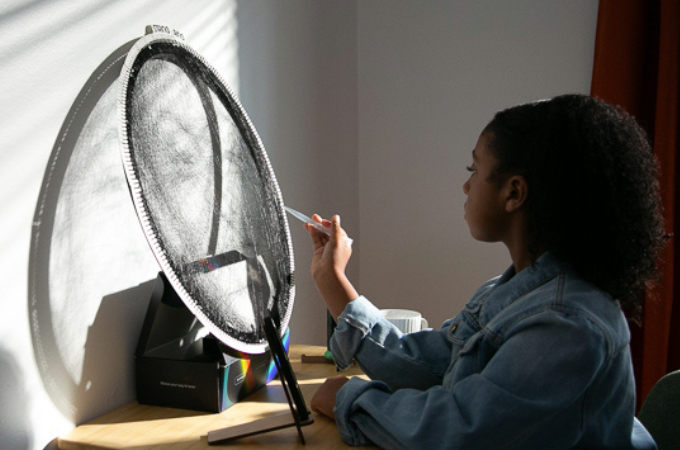
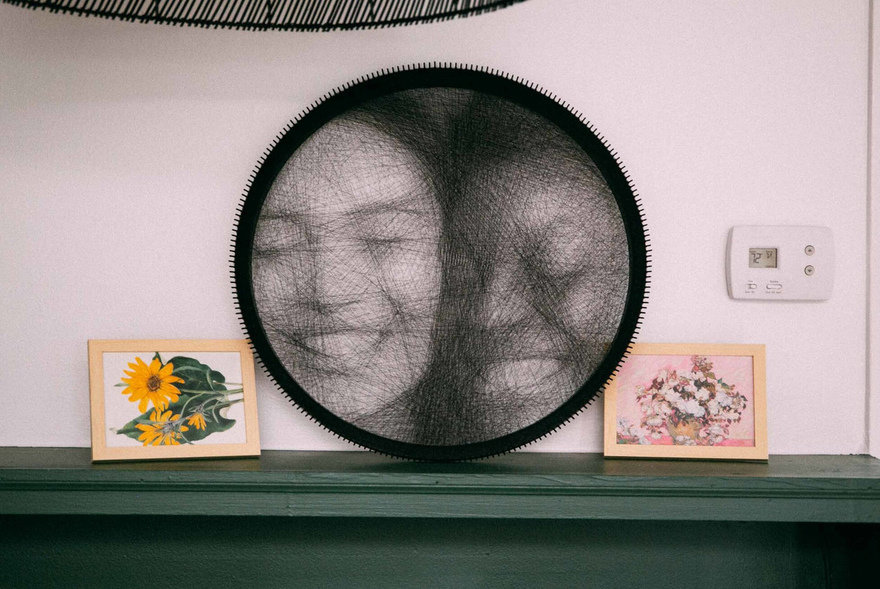

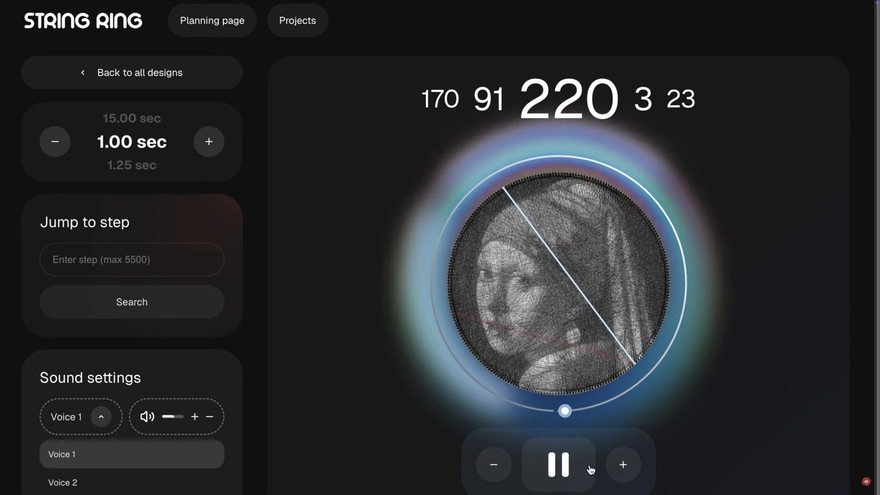 Then it's a matter of connecting the dots, so to speak.
Then it's a matter of connecting the dots, so to speak.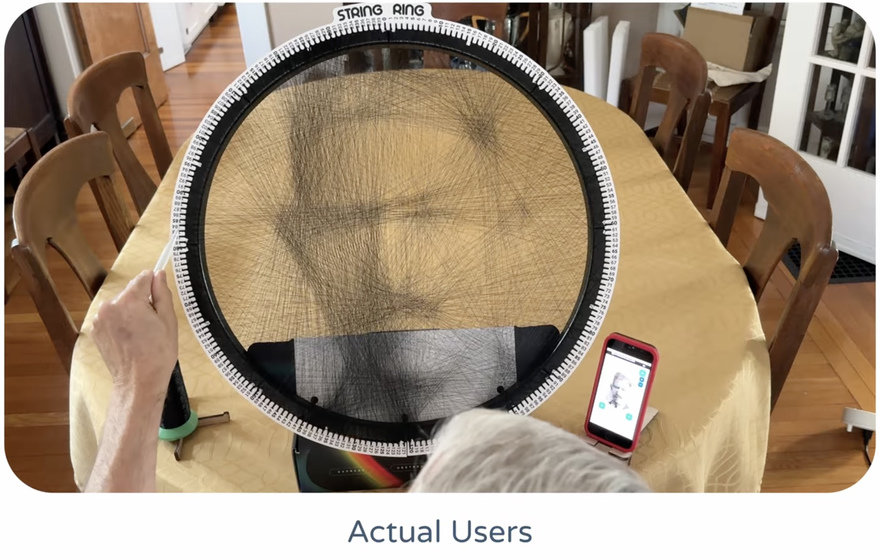
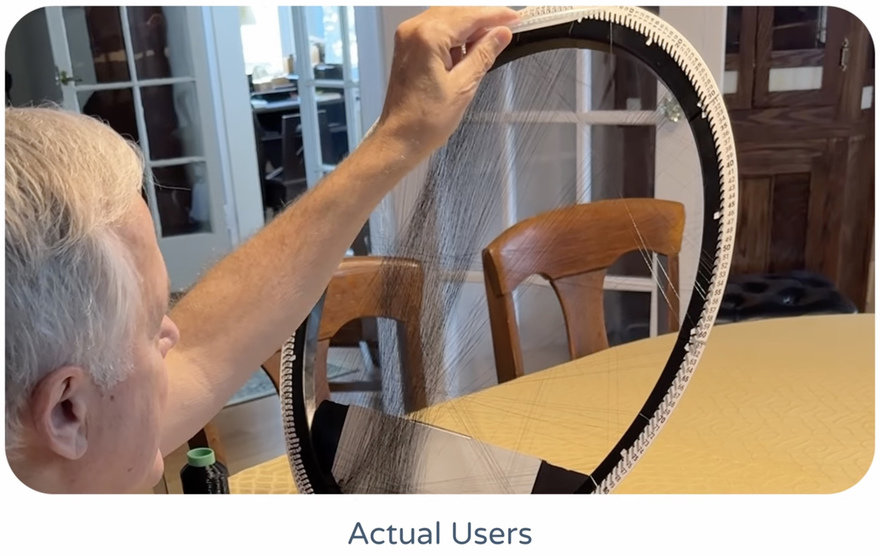
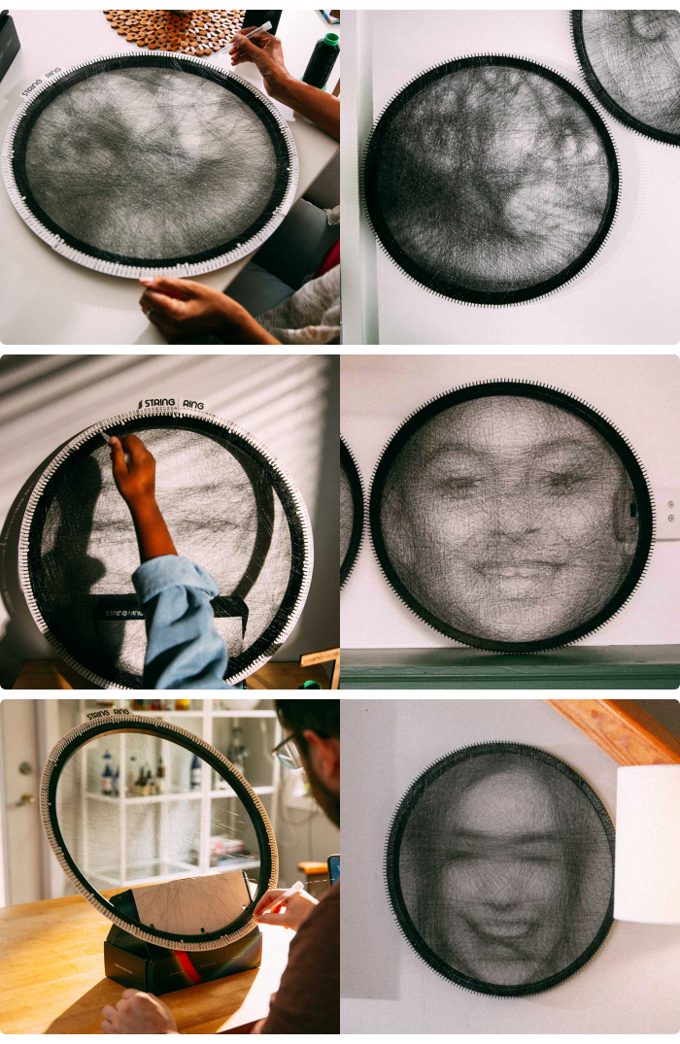
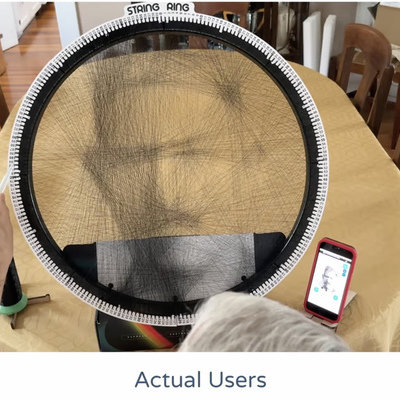
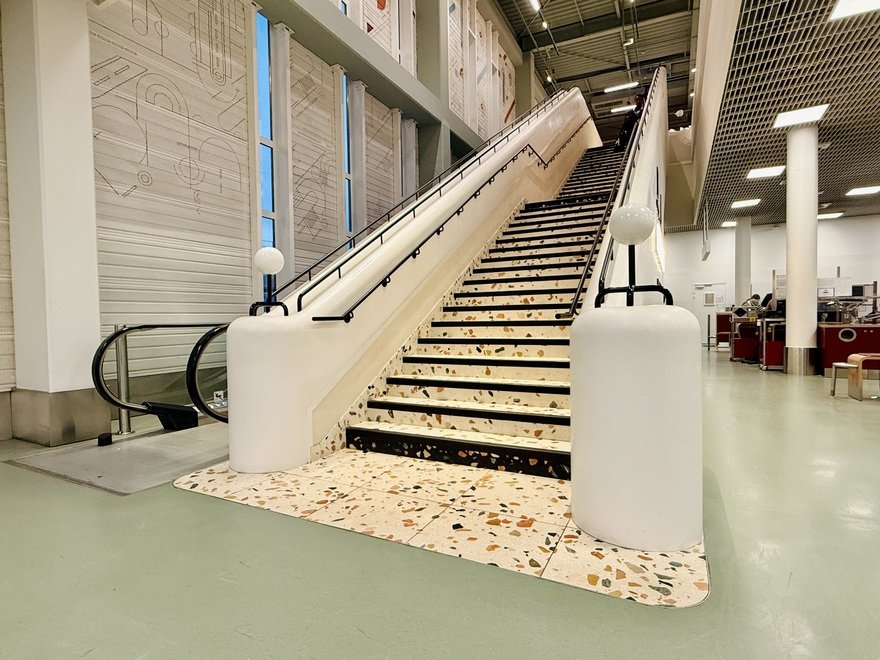 A grand entrance with terazzo floors. Photo by
A grand entrance with terazzo floors. Photo by 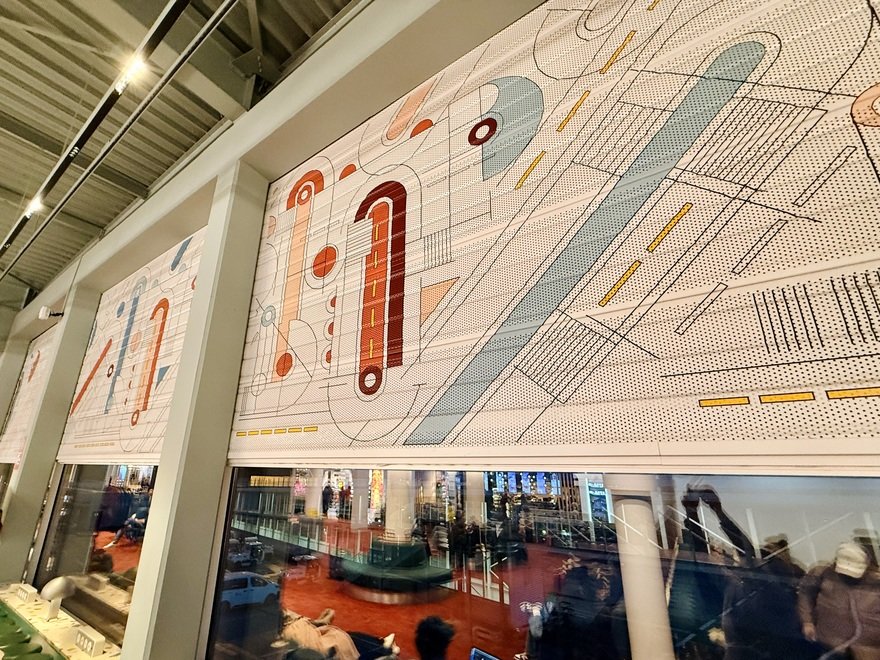 Frescos by Studio CHZON. Photo by
Frescos by Studio CHZON. Photo by 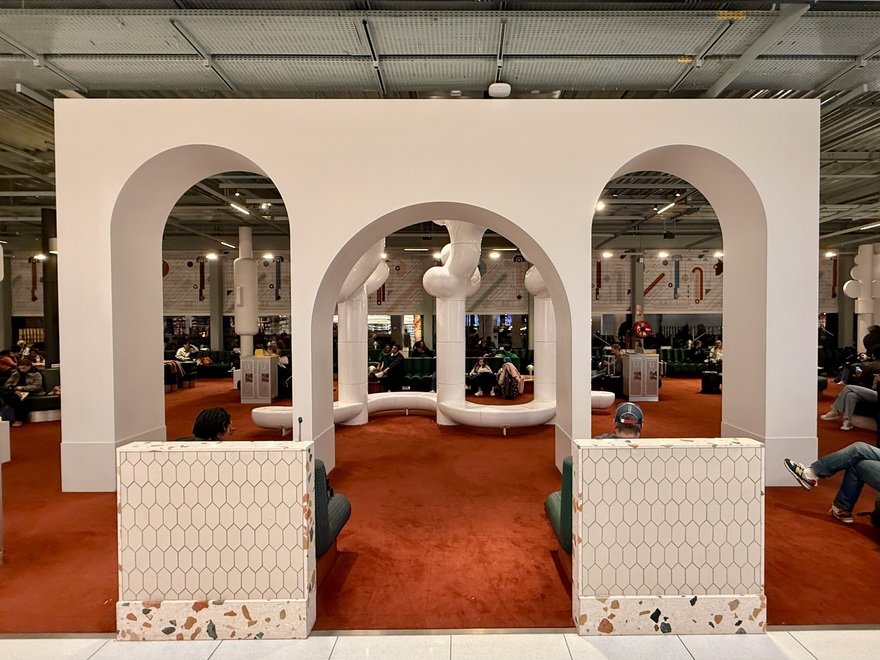 Celebrating Parisian Monuments. Photo by
Celebrating Parisian Monuments. Photo by 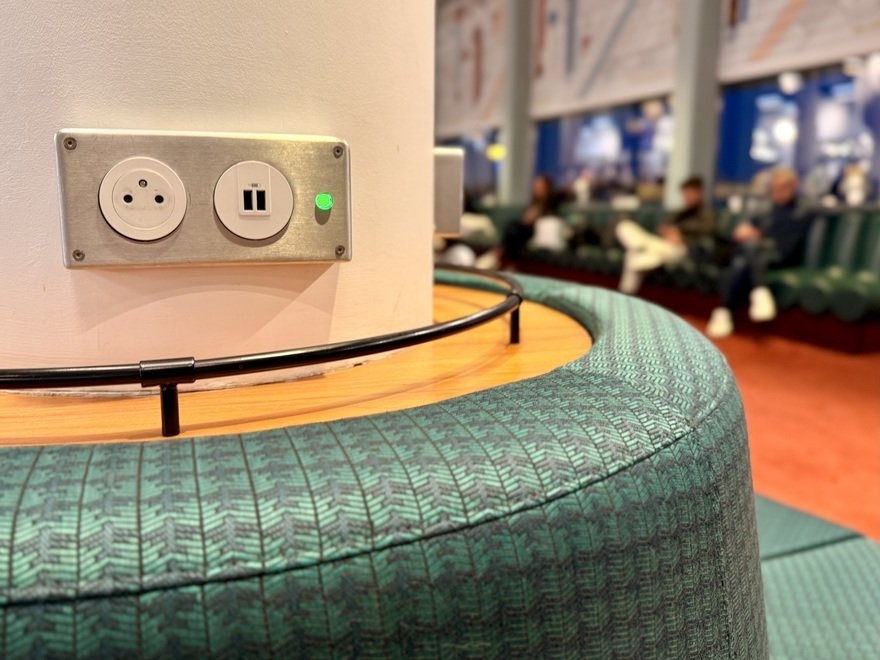 Spaces to recharge. Photo by
Spaces to recharge. Photo by 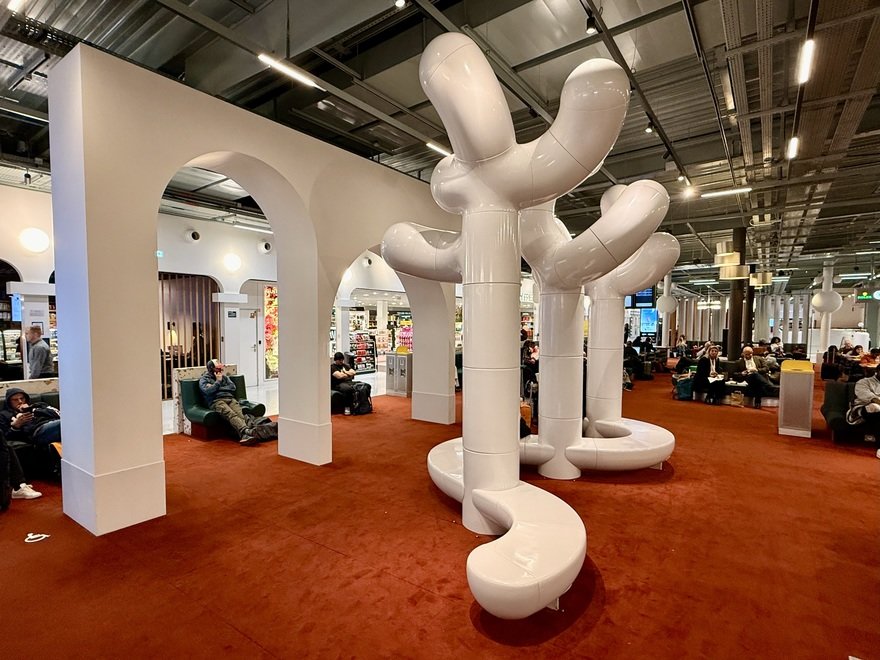 Celebrating Parisian Monuments. Photo by
Celebrating Parisian Monuments. Photo by 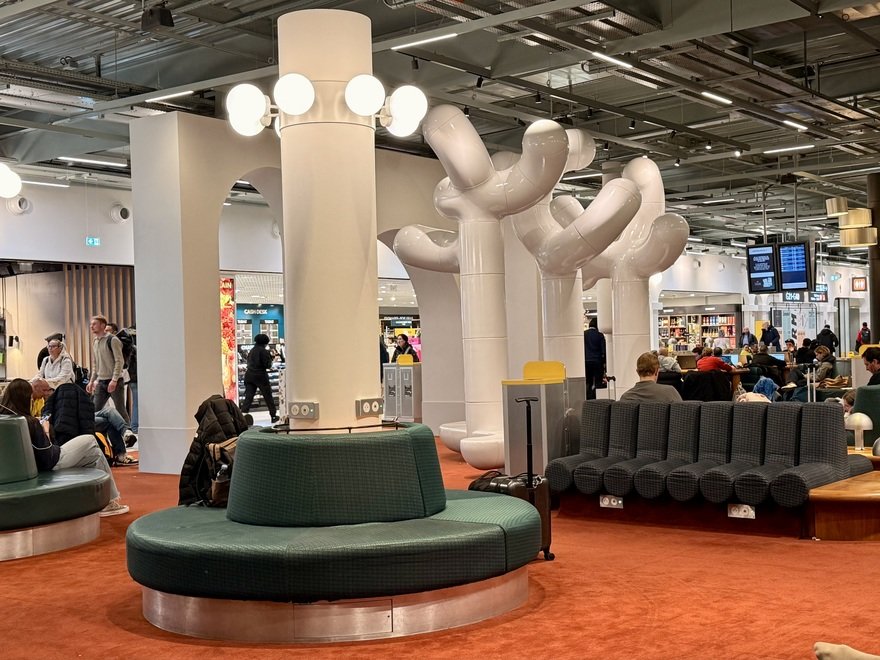 Celebrating Parisian Monuments. Photo by
Celebrating Parisian Monuments. Photo by 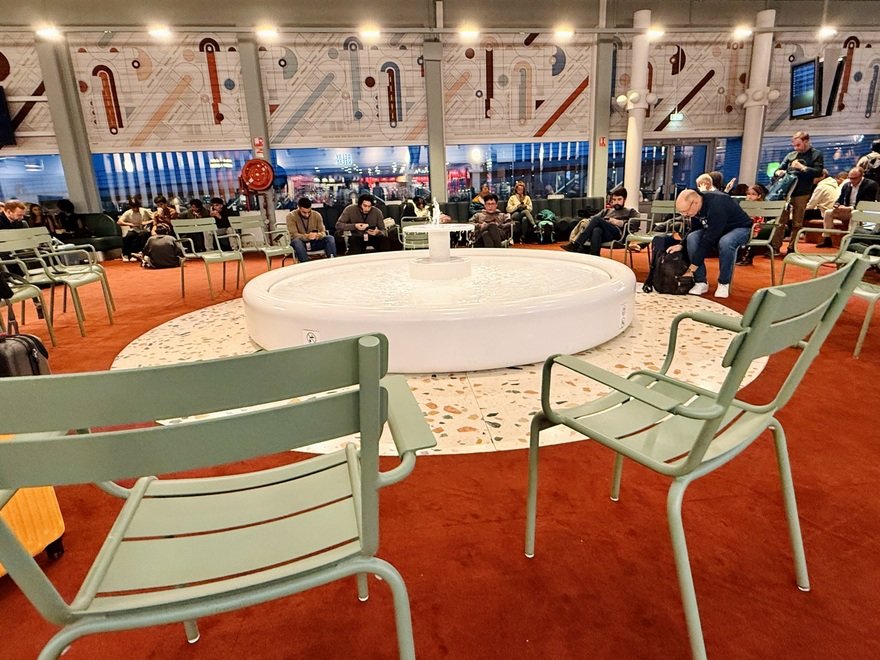 Celebrating Parisian Monuments. Photo by
Celebrating Parisian Monuments. Photo by 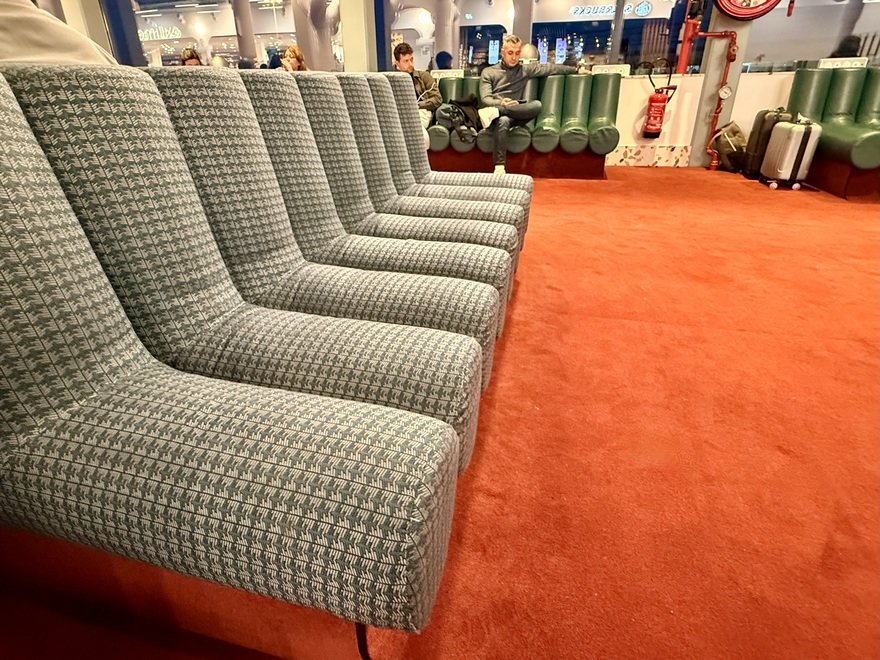 Seating by Osvaldo Borsani. Photo by
Seating by Osvaldo Borsani. Photo by 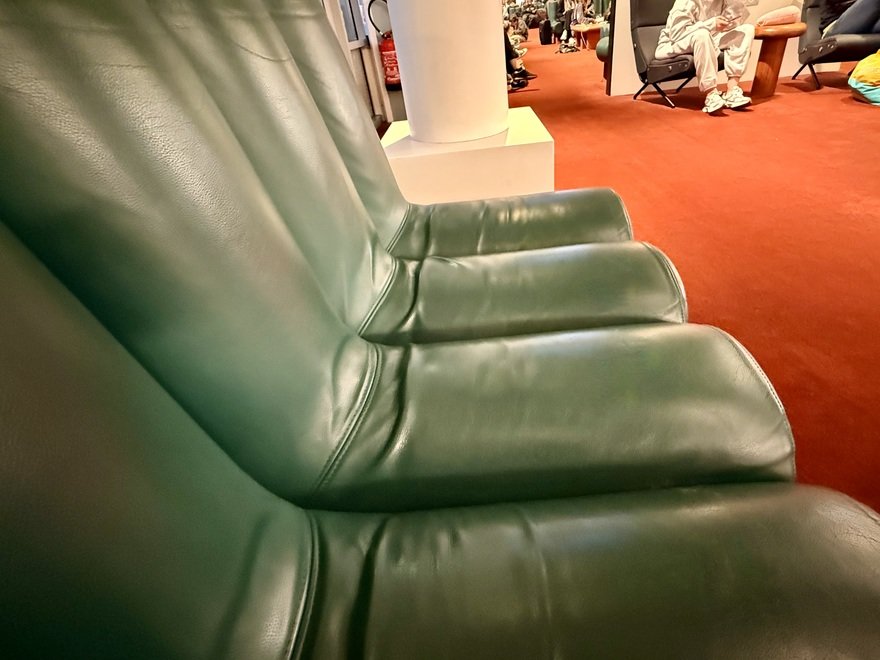 Seating by Osvaldo Borsani. Photo by
Seating by Osvaldo Borsani. Photo by 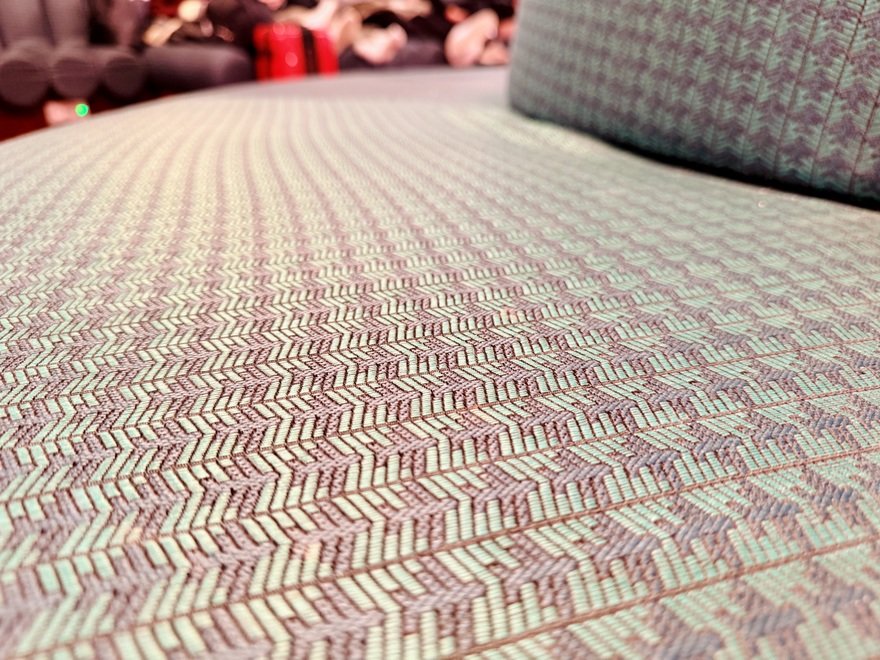 Seating by Osvaldo Borsani. Photo by
Seating by Osvaldo Borsani. Photo by 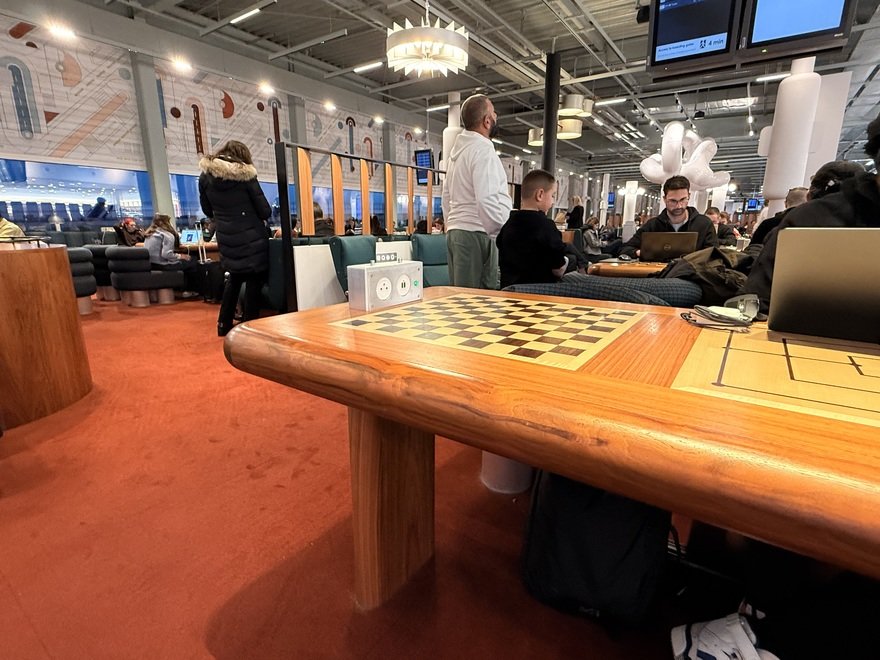 Photo by
Photo by  Photo by
Photo by 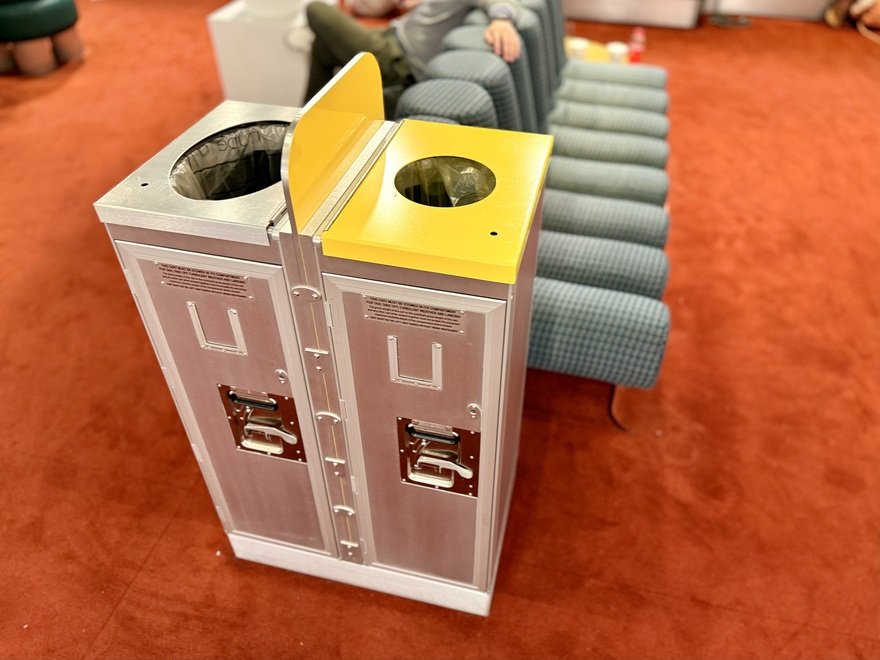 Photo by
Photo by 